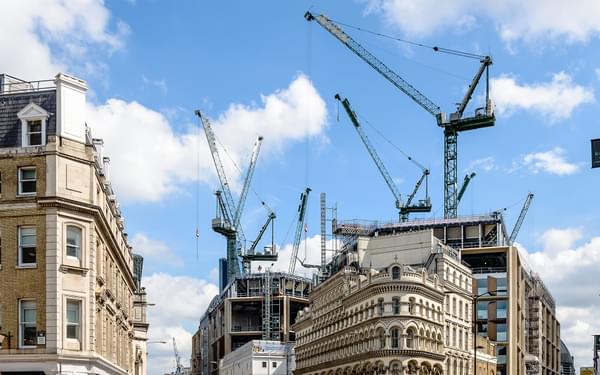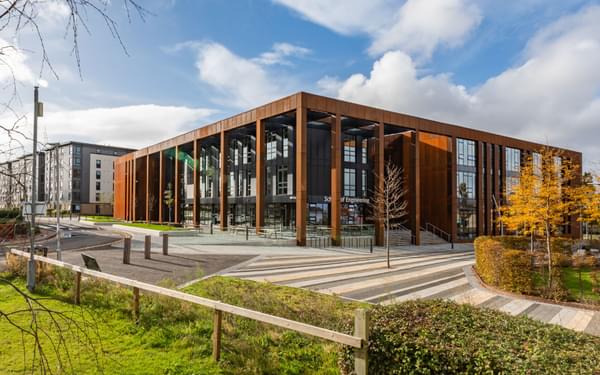Back to Articles
The Building Safety Act: Is the building industry sleepwalking into a new regulatory regime?
1st Mar 2023
Following the Grenfell Tower fire in June 2017, Dame Judith Hackitt led an inquiry that found the construction industry needed to make significant changes. Her recommendations formed the backbone of the Building Safety Act, which gained Royal Assent in April 2022. But how is the industry receiving the biggest shake up in building safety for a generation? Are we doing enough to prepare for this new regulatory regime - or are we just sleepwalking into it?
The requirements of the Building Safety Act are not just legislation for legislation's sake - they are a call to change the culture around building safety for the better, and for generations to come. Not an easy task.
What is the role of the Building Safety Regulator?
It starts with the new role of Building Safety Regulator, who will oversee the safety and performance of all buildings, and promote and encourage professional competency. The Building Safety Regulator will also deliver the new regulatory regime for all new buildings that fall into the category of high-risk residential buildings (HRRBs).
High risk residential buildings:
- Contain at least two residential dwellings
- Are over 18m or seven storeys in height
- Include hospitals and care homes
What are the Building Safety Act gateways?
The Building Safety Regulator will oversee the entire life cycle of such high risk buildings, from design stages through construction and into occupation. A significant new step in this process is the introduction of major gateways that can act as hard stops in between each stage. Gateway Two will require permission to be sought from and granted by the Building Safety Regulator before construction can commence. Any significant change to the design without permission could result in construction stopping. Gateway Three requires permission for occupation to go ahead, with contractors needing to prove they have constructed the building they were given permission to build.
What is the Digital Golden Thread?
In order to make this process more transparent, and on Dame Judith Hackitt’s recommendations, a golden thread of information, captured digitally, should run through the building’s entire life cycle. The digital golden thread should be the single source of truth for that building at all times, recording every design decision or change made. This is why the Building Safety Act and Digital Golden Thread goes far beyond fire safety – this legislation will affect everyone working in the building industry, from architects to contractors to engineers.
Embracing a single source of information
Having said that, there’s no reason to get overwhelmed. By understanding these new requirements before they become enforced in spring 2024, the built environment can get a head start on embracing this legislation. A bespoke Digital Golden Thread tool will provide a clear and accurate means for recording the changes, decisions and updates made throughout the building's entire life cycle. Architects, clients, consultants and building managers will benefit from a robust solution that records everything - satisfying the new Gateway and Approved Document requirements along the way. Using a basic 'digital' solution, such as a spreadsheet, could put a project at risk of failing the Gateway process.
It's also worth remembering that the Digital Golden Thread will act as a single source of information for emergency services in need of quick and clear information about the building.
Best practice across the building industry
At Hydrock, we are advocating for these new building safety standards to apply to all new buildings. We believe that embracing a standard approach across the industry now would effectively build up ‘muscle memory’ for best practice. HRRBs are the first category of building to adopt this system, allowing the industry to get to grips with the new processes. In time, this initially two-tiered system will expand out to apply to all new buildings. These complex, legislation-based changes will ultimately result in the biggest culture shift in the industry for generations ... so let's get the ball rolling. Which we did at our Time to Lead conference.
In the recent words of Dame Judith Hackitt: "2023 is going to be a big year for Building safety. [It] really is the year to stop seeing building safety as a regulatory compliance issue and join the group of leaders who understand both the moral imperative, and also the market advantage opportunity, of doing the right thing”.
Building Safety Act: latest news
Stay informed with our dedicated newsletter featuring coverage from our conference and other quality content.













